The flavor difference between rose summer coffee and yega-sherfie. The characteristics of washed yega-sherfie coffee beans
Yega Xuefei can be said to be an entry-level coffee bean for almost all coffee lovers, and most coffee lovers open the door to coffee flavor because of Yega Xuefei. The bright acidity and faint fragrance of flowers make many coffee lovers unable to extricate themselves, and the name Yega Xuefei is also very elegant. Coffee rookies should know that the name of coffee is usually named by producing areas, estates or beans, and Yega Xuefei is no exception.
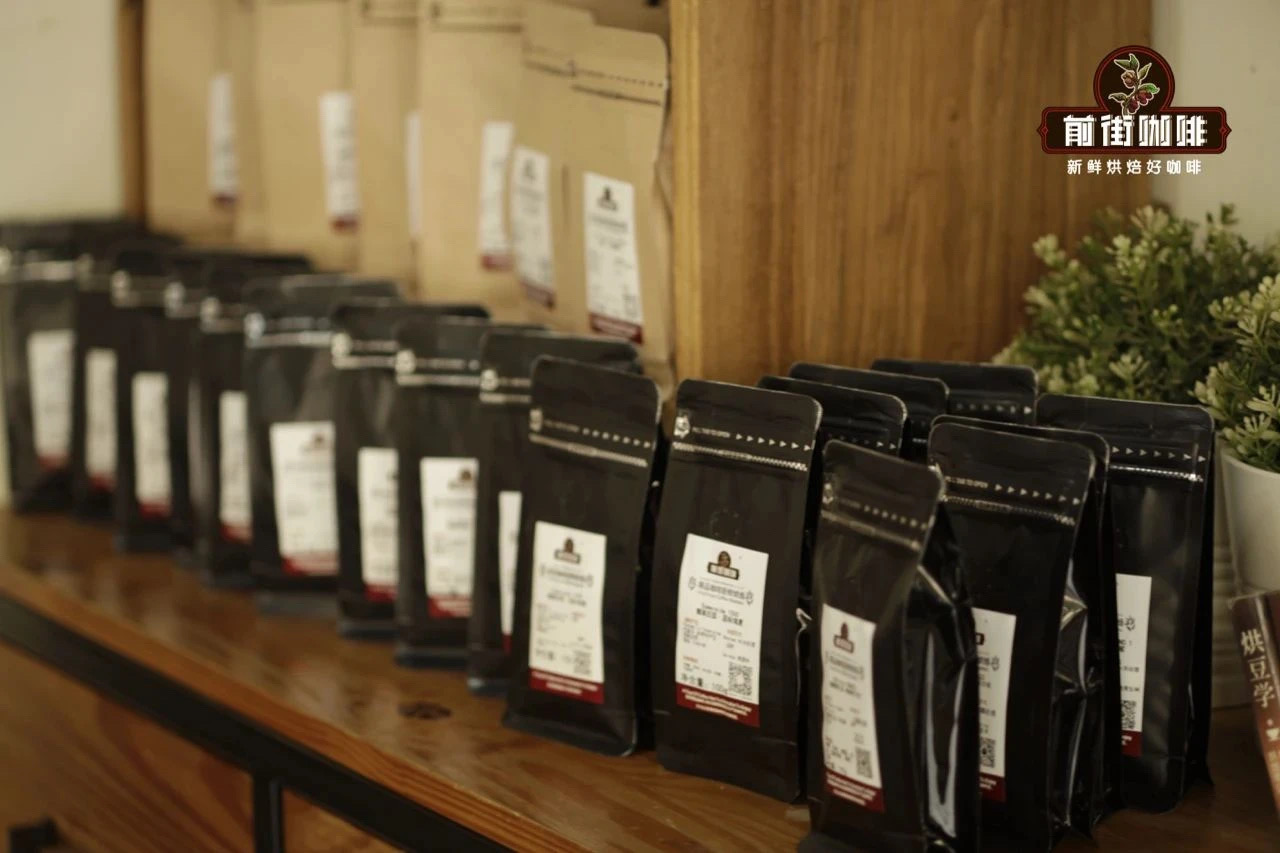
Ethiopian coffee producing areas are very complex, and many baristas are very easy to get confused. Qianjie briefly introduced you in the previous article. Below is a picture of Ethiopian coffee producing areas.
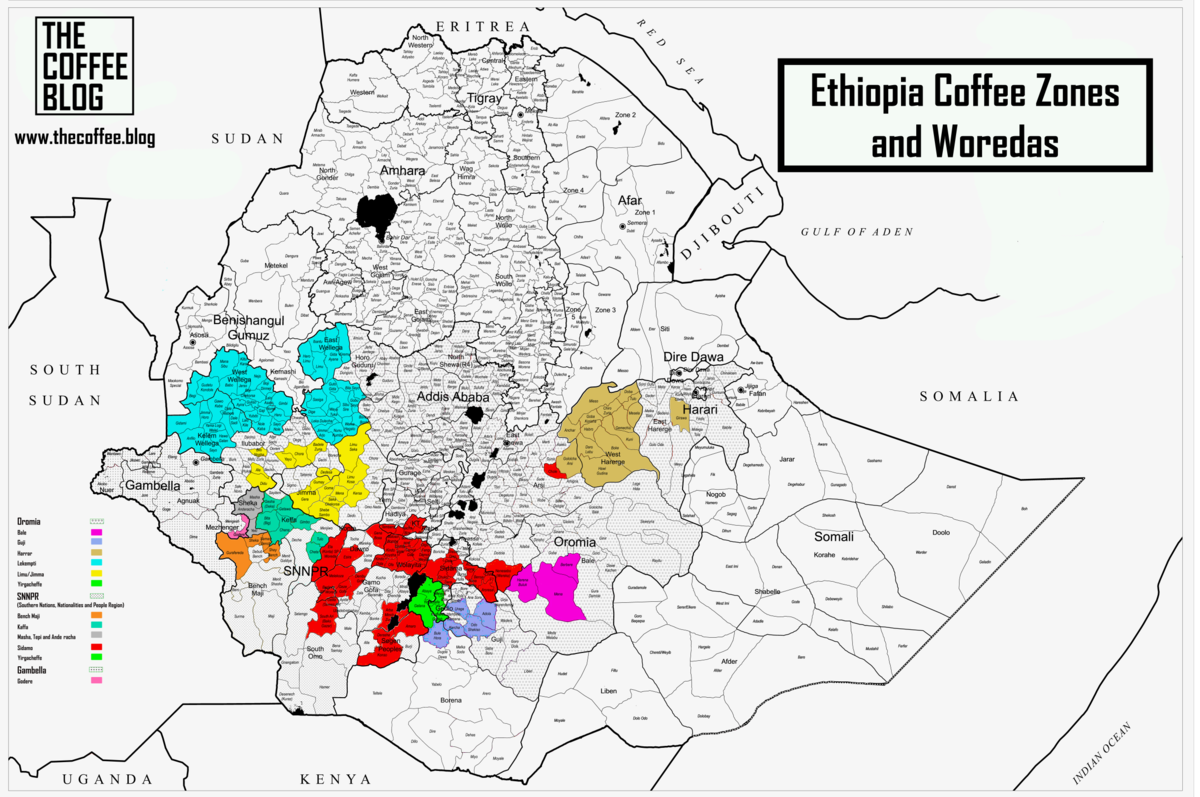
As for Yegashafi, it is actually a small town in Ethiopia's Sidamo province, and there are three small coffee producing areas nearby: Wenago, Kochere and Gelena Abaya, which produce coffee beans with almost the same flavor as Yegashafi, so they are also very famous in the coffee circle. According to Qianjie, Ethiopia implemented a new trading and grading system in November 2009, with the establishment of a Commodity Exchange (ECX), where coffee and other agricultural products were auctioned publicly by this official body, and three new by-product areas, Wenago, Kochere and Genlena Abaya, were added in addition to Yegashefi. It can be seen that the coffee flavor of these three by-product areas is very characteristic.
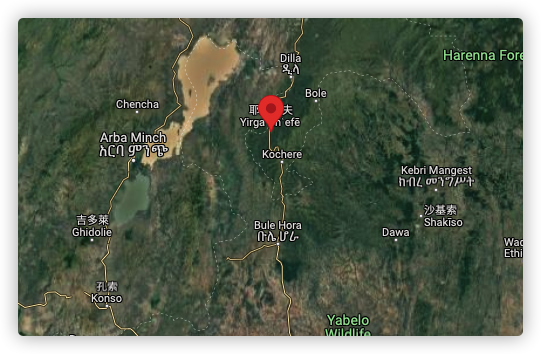
When it comes to Yegashafi, he is actually an administrative center of the Sidamo coffee growing region in Ethiopia, but it is independent because of its elegant flavor, and in June 2002, the Yegashafi Coffee Farmers Cooperative Union, abbreviated YCFCU. The alliance, which initially had 13 member organizations, has grown into a 28-member cooperative alliance with more than 45100 coffee farmers. YCFCU members are not bound by the Ethiopian Coffee Exchange (ECX), which enables them to obtain premiums for premium coffee, including fair trade and organic certification.
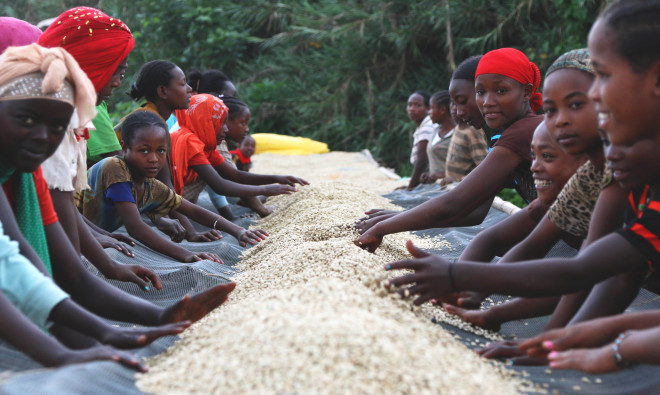
Why are Yega Xuefei's coffee beans so delicious? This is closely related to the local high altitude. According to Qianjie, Yejasuefei is the highest coffee growing area in southern Ethiopia, and high altitude means less oxygen and colder temperatures, so the growth cycle of coffee is longer. it provides a longer time for coffee fruits to absorb nutrients to help the formation of the best flavor, so it is reasonable for most coffee lovers to regard altitude as heroes. In addition, Yega Xuefei is located in the tropics, with an average annual temperature of about 18 degrees, which is very suitable for growing coffee trees.
Friends who often buy coffee beans in the front street should notice that there are many Yega Chuefei in the front street: Guotintin, Waka, Konga and so on. What are these? In fact, they are all members of the Yejasuefi Cooperative. The front street introduces that the Yegashafi Cooperative has a large number of members, most of whom are distributed in the Gedeo area of southern Ethiopia. Today, Qianjie will focus on introducing the Konga Cooperative: the Konga Cooperative (Konga Coop) was founded in 1994 and joined the Yegashev Coffee Farmers Union Cooperative (YCFCU) in 2002. It is also a washing treatment station. At present, this cooperative is a micro-producing area with 1556 small farmers, with an average of 1.25 acres of planting land per smallholder, with an average annual rainfall of about 1400-1800 mm and an altitude of about 2000 meters. It is of red brown soil quality and provides good conditions for coffee growth and abundant nutrients. At present, the main varieties of coffee planted are iron pickup and native species. In addition to growing coffee, it also grows bananas, corn and other cash crops.
Next is the information about the Kongjia coffee beans on the front street:
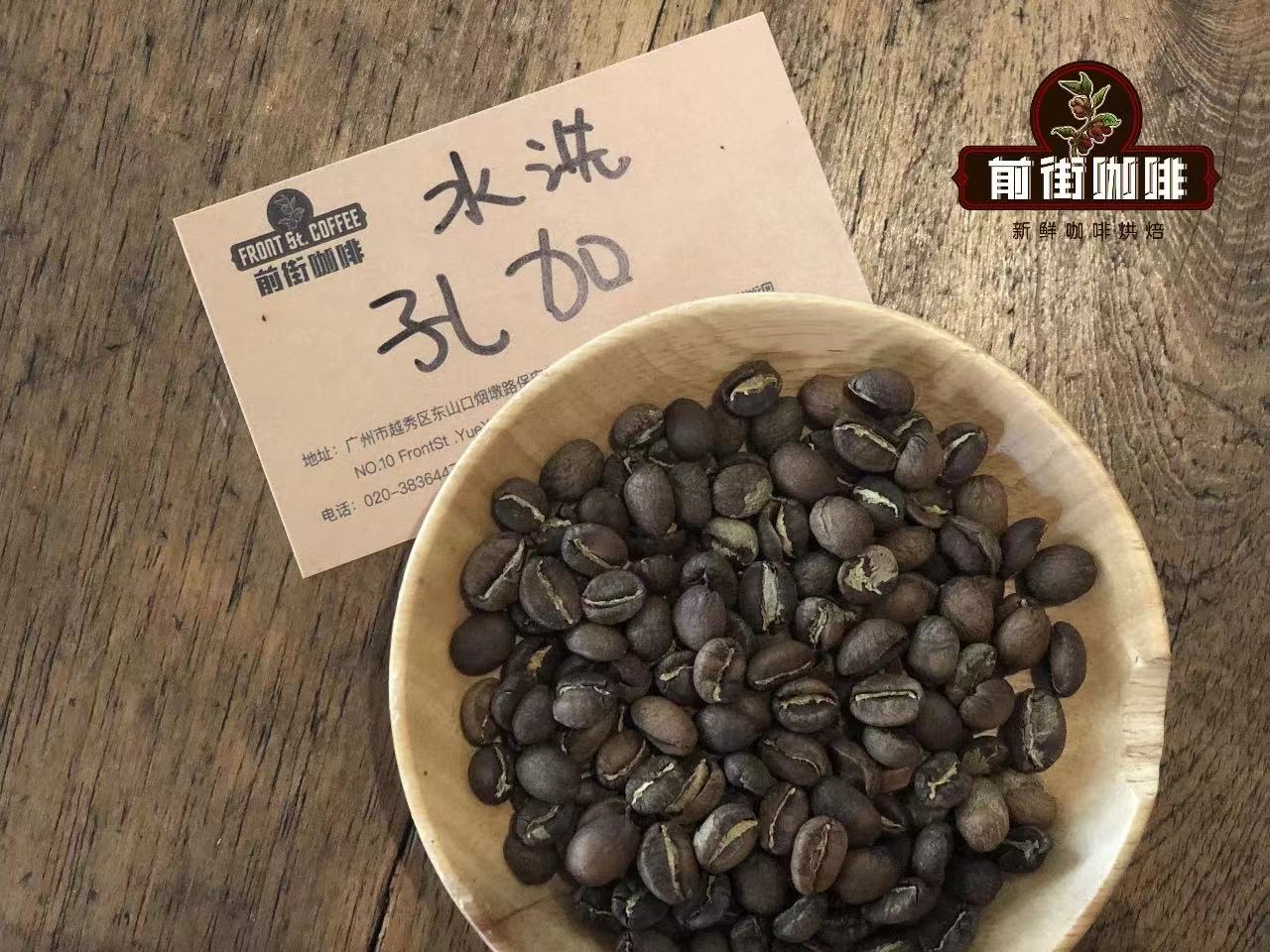
Kongjia cooperative
Country: Ethiopia
Cooperative: Kongjia Cooperative
Producing area: Yega Xuefei
Variety: original species
Treatment: washing
High-quality Yejashefi coffee will have a very strong, clean flavor and complex floral fragrance, so many people will compare Yejashafi coffee with Rosa coffee. It is important to know that rosy summer coffee is very expensive at present, especially in Panama. In contrast, Yejia Xuefei is much more affordable. For example, the daily rations in the former street were priced at only 25 yuan for a bag of 100 packages. In the case of such a wide gap in price, you can imagine how exquisite the flavor of Yega Xuefei is, and many people regard it as a cheap substitute for rose summer coffee beans.
Why is Rosa coffee so expensive? This began with the big bag of raw beans in BOP in 2004, when Rose Summer Coffee, a contestant from the Jade Manor of Panama, became the "focal point" of the coffee industry and sparked a heated international debate. Year after year, Rosa Coffee refreshes new public awareness, and its price is soaring. According to international recognition, Rosa Coffee actually originated from the Gregesa Forest in Ethiopia. He was brought to Costa Rica in 1950 and was soon introduced to Panama. But at that time, Rosa coffee was only used as a windbreak. Unexpectedly, the owner of the emerald manor found that the rose summer coffee beans grown at high elevations had a flavor that other coffees did not have, so they became famous as raw beans in the competition.
In order to meet the consumer demand for rose summer coffee, in addition to the rose summer coffee from Panama and Ethiopia, Qianjie also introduced Costa Rican and Colombian rose coffee this year, thus greatly increasing the choice of consumers. But today, Qianjie compares the rosy summer coffee beans of the most classic Panamanian emerald estate with Yega Xuefei. Qianjie chooses the green label Rose Summer of this Panamanian emerald manor. The specific raw bean information is as follows:
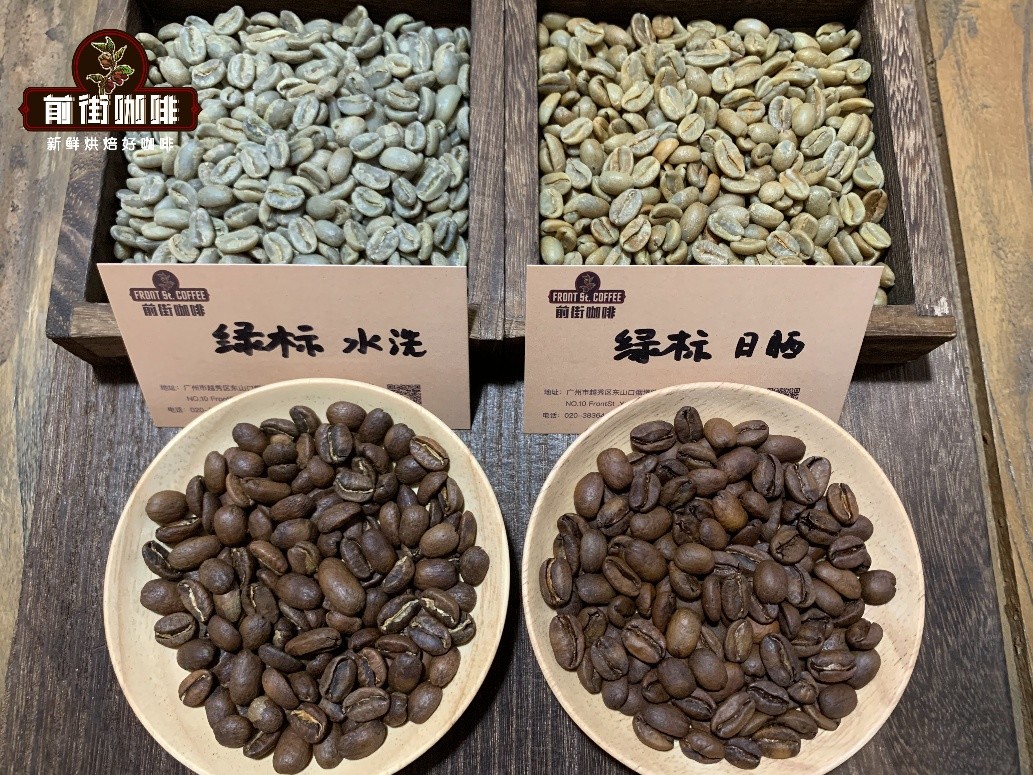
Green label of Panamanian Jade Manor
Producing area: Pokuit, Panama
Manor: Jade Manor
Variety: Rose summer
Treatment: insolation
Altitude: 1600-1800 m
We compare the two coffee beans with the same cooking parameters:
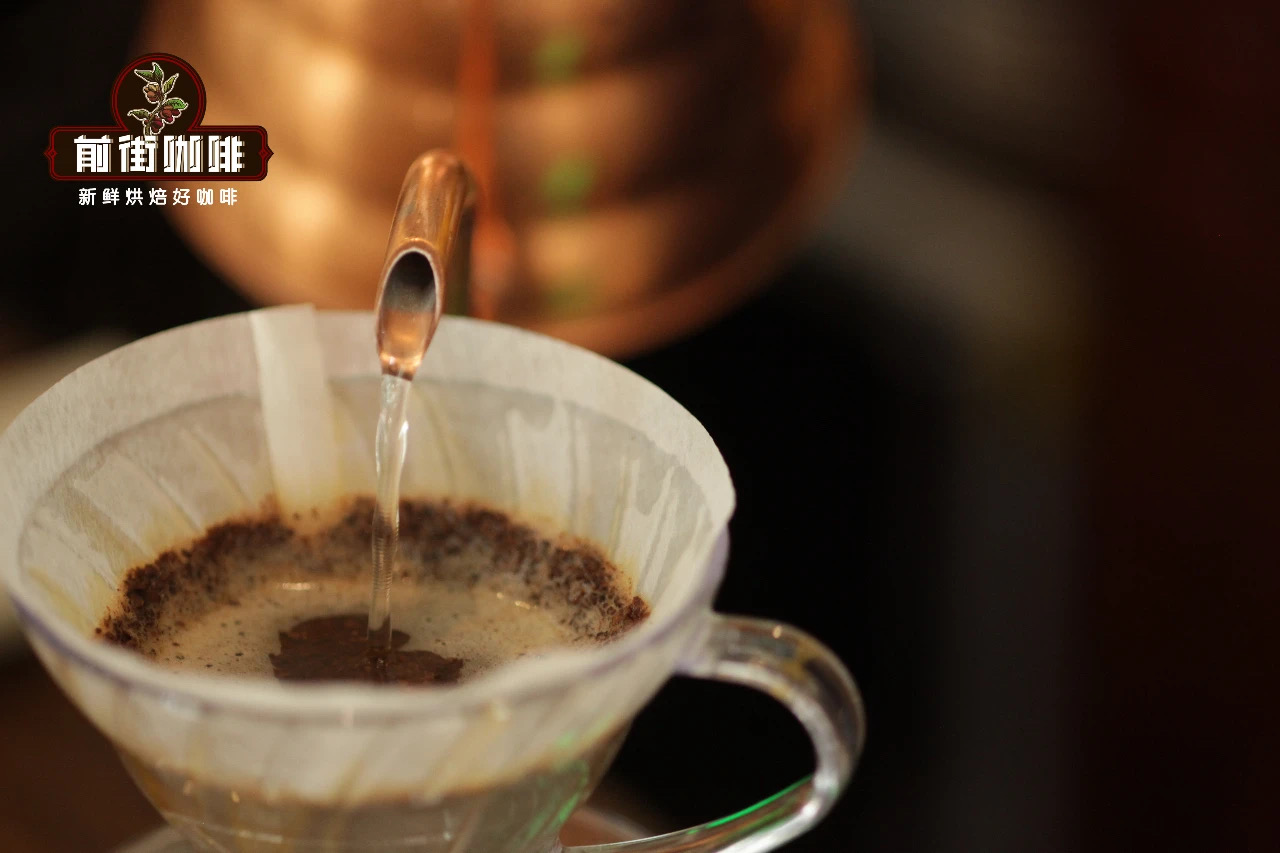
Qianjie cooking parameters:
V60 filter cup
Water temperature 91 ℃
Ratio of gouache to flour at 1:15
Powder content 15g
Degree of grinding (China 20 standard screen pass rate of 80%)
Qianjie cooking technique: use 30 grams of water for steaming for 30 seconds, small water flow around the circle to 125 grams for segments, when the water level is about to expose the powder bed, continue to inject water to 225 grams to stop water injection, wait for the water level to drop and remove the filter cup when the powder bed is about to be exposed. (the time of steaming starts) the extraction time is 2 kilograms.
Green standard rose summer coffee flavor characteristics: dry fragrance when there will be a hint of flowers, the entrance of the bright acidity inclined to citrus lemon cooling princes will have passion fruit aroma, taste will be converted to berry ripe fruit flavor even at low temperature will have a constant flavor, the final rhyme will have an obvious sense of tea in it.
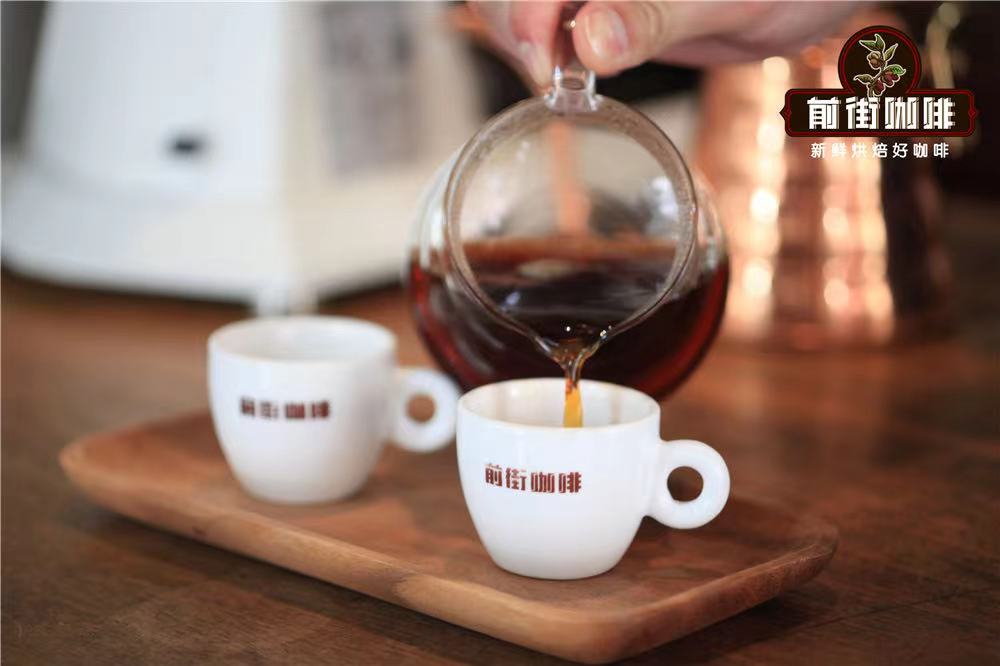
Kongjia flavor taste characteristics: high temperature is very obvious berry sweetness, creamy taste smooth, fruit juice general acidity is bright and clean, when the temperature drops, there will be lemon tea taste.
Professional coffee knowledge exchange more coffee bean information please follow the coffee workshop (Wechat official account cafe_style)
For more boutique coffee beans, please add private Qianjie coffee on Wechat. WeChat account: kaixinguoguo0925
Important Notice :
前街咖啡 FrontStreet Coffee has moved to new addredd:
FrontStreet Coffee Address: 315,Donghua East Road,GuangZhou
Tel:020 38364473
- Prev
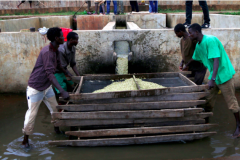
Yega Xuefei hand-brewed Coffee parameters Ethiopia Yega Xuefei Coffee Adado Adado Cooperative
For the exchange of professional baristas, please follow the coffee workshop (Wechat official account cafe_style) Adado Adado Cooperative Adado co-operative is located in the Bule District district of Yegashafi. The cooperative has 1128 members and grows coffee more than 2000 meters above sea level. Adado's name comes from the local aboriginal.
- Next
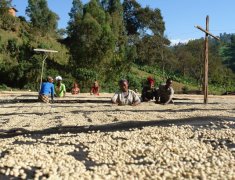
Ethiopian decaf & Organic Coffee Gucci-Saxcot carbon dioxide decaffeinated
Professional baristas Please follow the Coffee Workshop (Wechat official account cafe_style) Ethiopian Gujisakot decaffeinated this organic coffee is decaffeinated only with carbon dioxide, making this coffee 100% natural and recyclable. Suke Quto Farm was established in 2005, and the original idea was to preserve the conditions of native shady forests.
Related
- Detailed explanation of Jadeite planting Land in Panamanian Jadeite Manor introduction to the grading system of Jadeite competitive bidding, Red bid, Green bid and Rose Summer
- Story of Coffee planting in Brenka region of Costa Rica Stonehenge Manor anaerobic heavy honey treatment of flavor mouth
- What's on the barrel of Blue Mountain Coffee beans?
- Can American coffee also pull flowers? How to use hot American style to pull out a good-looking pattern?
- Can you make a cold extract with coffee beans? What is the right proportion for cold-extracted coffee formula?
- Indonesian PWN Gold Mandrine Coffee Origin Features Flavor How to Chong? Mandolin coffee is American.
- A brief introduction to the flavor characteristics of Brazilian yellow bourbon coffee beans
- What is the effect of different water quality on the flavor of cold-extracted coffee? What kind of water is best for brewing coffee?
- Why do you think of Rose Summer whenever you mention Panamanian coffee?
- Introduction to the characteristics of authentic blue mountain coffee bean producing areas? What is the CIB Coffee Authority in Jamaica?

